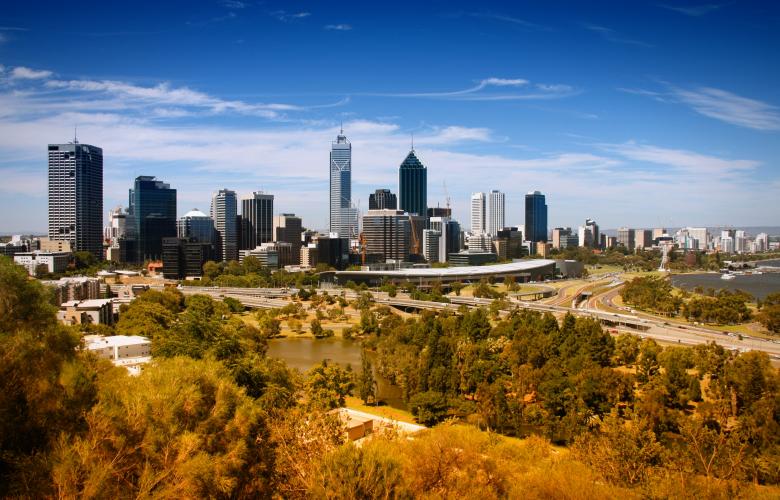Perth CBD leasing market looks healthier than official figures might suggest
Contact
Perth CBD leasing market looks healthier than official figures might suggest
Knight Frank research report also finds that sales could reach in excess of $1.1 billion this year – the highest since 2013.
The gap between space currently deemed vacant (unoccupied) by the Property Council and space actually available for lease (advertised) has widened over the past 18 months, with the CBD leasing market looking much healthier than some figures would suggest, according to Knight Frank’s latest research.
The company’s September Perth Office Market Report shows the gap between unoccupied and advertised space has widened in the last six months, with current advertised levels sitting at around 15.4 per cent for the core CBD and providing an indication of where vacancy figures may be heading.
At a glance:
- Knight Frank research finds the gap between space deemed vacant in the Perth CBD and space advertised for lease has widened over the past 18 months
- Report finds that significant leasing activity in the current market has not yet been reflected in official figures
- Sales predicted to reach in excess of $1.1 billion this calendar year - the highest since 2013
However, the research indicates the outlook is much grimmer for the eastern end of the city (east of Victoria Avenue), where the vacancy rate is almost double at 31 per cent.
Fringe areas north of the railway line in the City of Perth’s Northbridge and Stirling precincts sit with a 17 per cent vacancy rate.
Knight Frank’s Ian Edwards said the gap was mainly because Property Council statistics dealt primarily with occupied space, whereas there was an increasing amount of space that had been leased but not yet occupied by tenants coming into the CBD.
He said there was a significant amount of leasing activity in the current market that was not yet reflected in official figures.
“The market has rebounded strongly in the last six months and net effective rents are now 9.5 per cent higher compared to this time last year,” Edwards said.
“With tight availability in Premium and upper A-grade buildings, net absorption is shifting to secondary buildings where we will also start to see falls in incentives and gradual increases in rent.”
Knight Frank Senior Analyst Nicholas Locke said the Perth CBD office market was also looking much stronger from a sales perspective, with Knight Frank predicting sales could reach in excess of $1.1 billion for this calendar year – the highest since 2013.
He said the improving occupancy levels, prospects of a sustained run of rental growth, and a tightening in yields was particularly rewarding for those counter-cyclical investors who entered the market over the last 2-3 years.
“For buildings sold above $10 million in 2017 and 2018, the vacancy rates at the time were averaging over 32 per cent but now they are less than half that level at 16 per cent and still declining.” Mr Locke said.
Similar to this:
Investment group lists $140 million asset pool
WA childcare portfolio to be auctioned this month
Perth's Trinity Village Shopping Centre sold for $34 million







